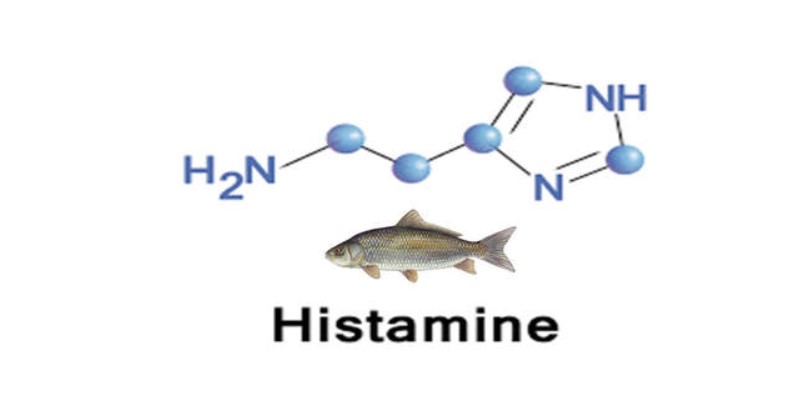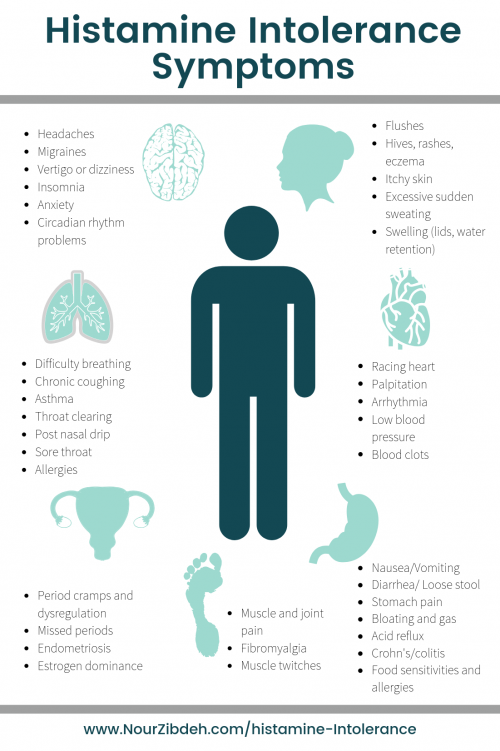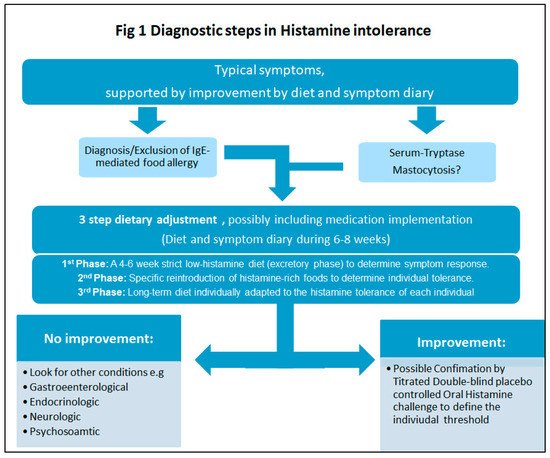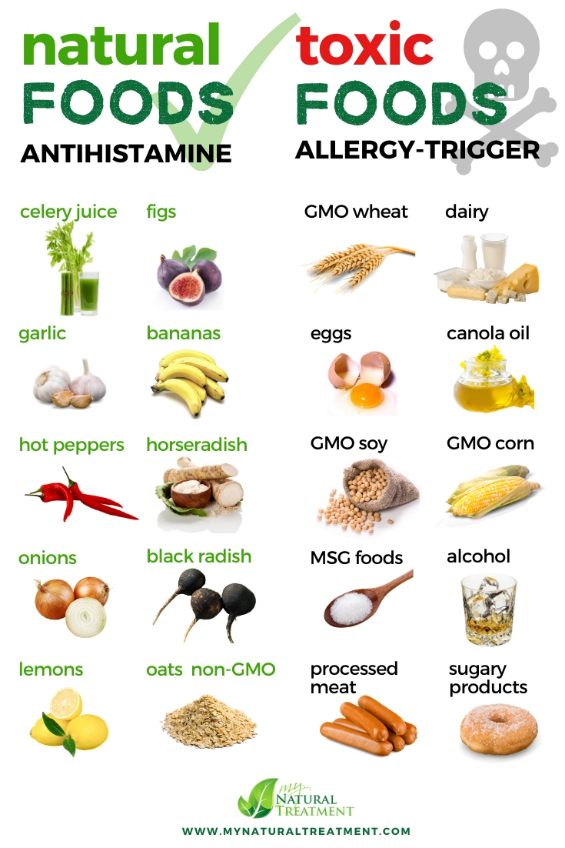Histamine Toxicity (Scombroid Poisoning)
Histamine toxicity is a form of food poisoning, also known as “scombroid poisoning” or “scombroid fish poisoning”. It is a chemical responsible for the release of stomach acids to help indigestion, communicating messages to the brain, and inducing releases after injury or allergic reaction [as part of your immune response]. When histamine levels become far […] Read More
Top Doctors For Histamine Toxicity (Scombroid Poisoning) Treatments
Top Hospitals For Histamine Toxicity (Scombroid Poisoning) Treatments
Histamine Toxicity (Scombroid Poisoning)
Table of contents
What does histamine toxicity mean?
Histamine toxicity is a form of food poisoning known as “scombroid poisoning” or “scombroid fish poisoning.” It is a chemical responsible for releasing stomach acids to help indigestion, communicating messages to the brain, and inducing releases after injury or allergic reaction [as part of the immune response]. Whenever the histamine levels become too high or when they cannot be properly broken down in the body system, they can pose dangers to our body activities.

One major source of food poisoning is fish. Some fish have naturally high levels of histidine, which can be ultimately transformed into histamine by bacteria; this is why some fish have a high content of histamine. As a result, certain kinds of fish are more likely to cause histamine toxicity. They include:

- Tuna.
- Mackerel.
- Bluefish.
- Malin Malin.
- Anchovy.
- Amberjack.
- Hurring.
- Marlin.
Acute histamine toxicity is mainly caused by inadequate refrigeration or spoiled fish. Because of this spoilage or inadequate refrigeration, more bacteria are produced, which converts the already present histidine to high levels of histamine. However, in the presence of diamine oxidase [DAO], the excess histamine is broken down in the body, lowering the high level of histamine. Diamine oxidase is a digestive enzyme produced in the intestinal lining of the digestive tracts and also in the kidneys and thymus. Its primary function is to break down excess histamine in the body, thus relieving the incidence of histamine intolerance and easing uncomfortable symptoms, such as:
- Nasal congestion.
- Itchy skin.
- Headaches.
- Sneezing.
Causes

We naturally produce histamine, within our body, along with the enzyme diamine oxidase [DAO]. Therefore, histamine toxicity is a health condition resulting from elevated levels of histamine in the body.
One major cause of histamine toxicity is DAO deficiency. Whenever our body cannot effectively metabolize and excrete excess histamine due to the very low levels of DAO, the result is always a rise in the histamine levels.
Another contributing factor causing histamine toxicity is bacterial overgrowth. Bacteria grow when food is not digesting properly. Therefore, histidine is converted to histamine more frequently if there is more bacterial infection. Histamine overproduction can lead to histamine poisoning in the body, as normal levels of DAO enzymes are insufficient to break down the higher levels of histamine.
Inadequate refrigeration and spoilage, such as fish, can cause histamine toxicity. In addition, food decay promotes bacterial growth. Bacterial overgrowth converts histidine to histamine, which overproduction may result in toxicity. Toxic levels of histamine in the body will result in various physical symptoms.
What are the common risk factors for histamine toxicity?
These are some of the factors that could lead to decreased DAO activity or overproduction of histamine:
- Use of alcohol.
- Genetic mutations.
- Eating large quantities of histamine-rich foods.
- Intestinal bacterial overgrowth.
- Certain medications.
Symptoms

Symptoms of histamine toxicity are often confused with that of allergic reactions. They can range from mild to severe and, in rare cases, life-threatening. They include:
- Mouth burn.
- Headaches.
- Sneezing.
- Nasal congestion.
- Itchy skin, rashes, and hives.
- Nausea and vomiting.
- Diarrhea, stomach aches, and other digestive discomforts.
- Arrhythmia [irregular heartbeats].
- Breathing difficulty, such as asthma.
- Face and tongue inflammation.
- Faintness [sometimes with blurry vision].
- Hypotension [low blood pressure].
- Paleness of the face and body.
How can histamine toxicity be diagnosed?

The symptoms are often used to diagnose the condition. For example, outbreaks of typical symptoms affecting several people who have eaten the same contaminated product always indicate histamine toxicity.
- Before confirming the disease, the doctor will eliminate other possible disorders or allergies that cause similar symptoms.
- The doctor will suggest an elimination diet for 14-30days. The diet requires the patient to remove any food items that contain a high level of histamine or histamine triggers and slowly reintroduce them to watch for new reactions.
- Prick test- Prick test is another way to diagnose histamine toxicity.
- Blood test analysis- It is done to analyze if a patient has DAO deficiency.
How is histamine toxicity treated?
In mild cases, its symptoms tend to fade away on their own (over time) without any medication. At other times, antihistamines are helpful. In severe cases of histamine toxicity, it is recommended that emergency medical attention should be sought later. A visit to the hospital is necessary for urgent attention and care with IV fluids, oxygen, and other medications and treatments.
Controlling Histamine Levels with Diet

Foods to Avoid
Some foods are unhealthy, as far as the level of histamine content is concerned. These unhealthy diets can trigger inflammatory reactions and other negative effects. They include:
- Histamine-rich foods.
- Alcohol and other fermented beverages.
- Fermented foods, as well as dairy products like yogurt.
- Avocadoes.
- Spinach.
- Dried fruits.
- Eggplant.
- Shellfish.
- Processed or smoked meats.
Foods that trigger histamine releases in the body
- Alcohol.
- Bananas.
- Beans.
- Wheat germ.
- Tomatoes.
- Papaya.
- Chocolate.
- Citrus fruits.
- Nuts, such as:
- Walnuts.
- Cashews.
- Peanuts.
10. Food coloring and other additives.
Foods to Eat
- Eggs.
- Fresh meat.
- Freshly-caught fish.
- Non-citrus fruits.
- Cooking oils, such as olive oil.
- Fresh vegetables, other than avocadoes, spinach, tomatoes, and eggplants.
- Gluten-free grains, such as:
- Rice.
- Quinoa.
8. Dairy substitutes, such as:
- Coconut milk.
- Almond milk.
FAQ
To reduce histamine levels in our body, make sure you don’t eat canned foods, ready-to-eat, frozen meat, or fermented foods; they contain high histamine levels. Instead, try buying fresh products when shopping. Cook by yourself instead of buying cooked foods. Yes, keep all meats and fish refrigerated or frozen at home.
Histamine response is a chemical action carried out by histamine, in which it releases stomach acid after an allergic reaction. As a part of an immune response to foreign pathogens, histamine is produced by basophils and mast cells found in nearby connective tissues.
Scombroid poisoning symptoms usually appear within five to thirty minutes of eating spoiled fish. However, in some cases, symptoms may take up to two hours. Symptoms can last from a few hours up to an entire day. Rarely, symptoms can persist for weeks or even days.
Itching is always triggered by histamine, a chemical in the body that is linked with immune responses. It causes itch and redness after being seen with insect bites, rashes, and skin dryness or damage. The body releases histamine during allergic reactions such as reactions to pollen, food, latex, and medications.
The body cannot burn calories effectively when the histamine receptor is blocked, lowering metabolism. The biological changes result in increased appetite, overeating, slower fat breakdown, and weight gain. Antihistamines can also make us feel tired and unmotivated to exercise.



























































































